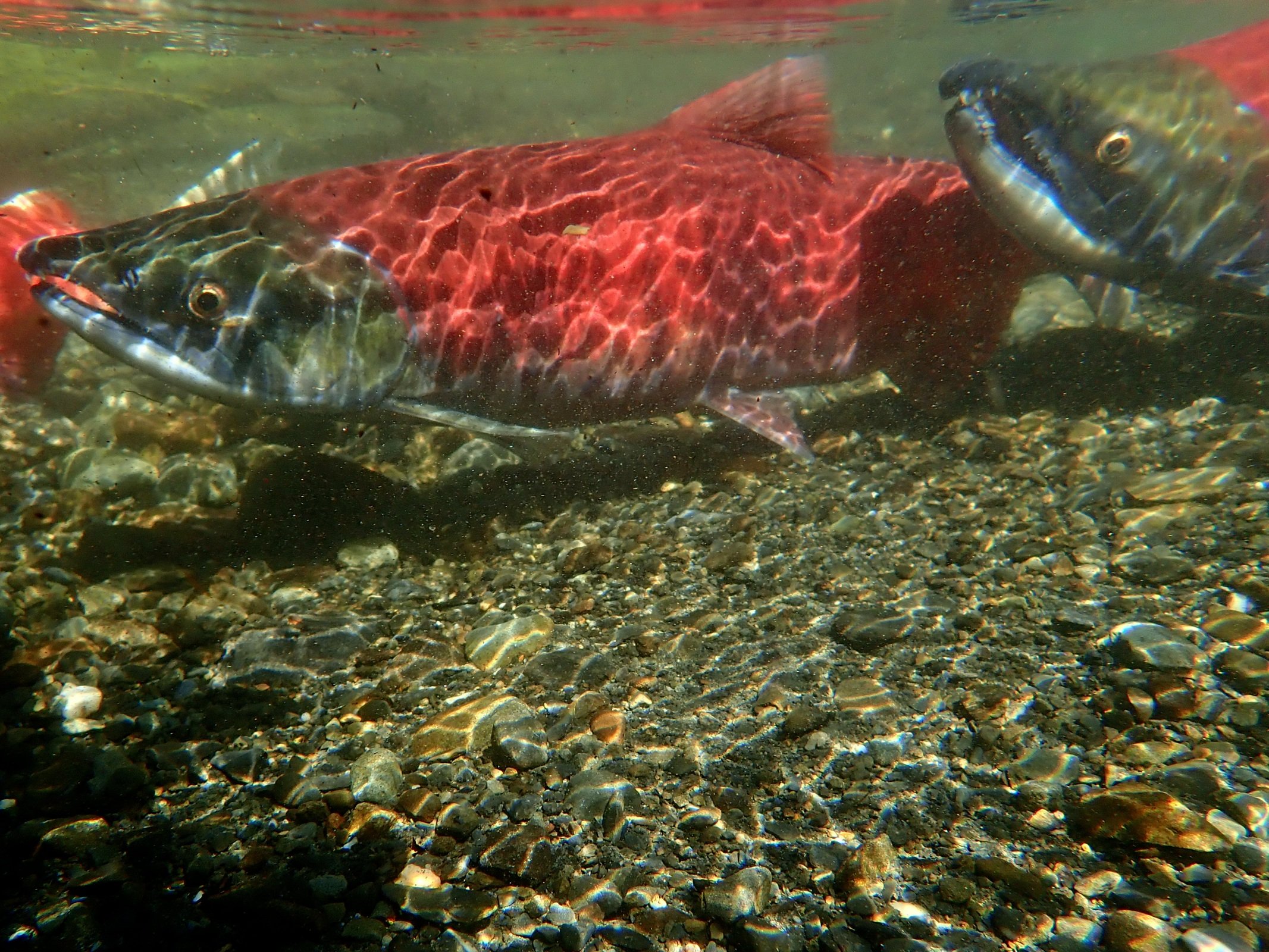
Tracking Idaho’s wild salmon
Snake River Basin Wild Salmon & Steelhead Return Numbers
-
As the final act of their life cycle, adult salmon swim upriver from the ocean to spawn in the rivers and streams of their birth, in what is known as a “salmon run.” With them they shuttle essential nutrients from the ocean to inland ecosystems, providing food for plants and animals upon their death. Different species of salmon have evolved to return during different times of the year.
-
The size of a returning salmon run is a good indicator of overall population health. Long-term datasets of return numbers show us which way a population is trending. While it is natural for returns to oscillate up and down every few years due to environmental factors such as ocean conditions and water temperatures, viewed over decades the decline in Idaho’s wild salmon abundance cannot be ignored.
-
Historically salmon and steelhead swam up almost about every accessible river and stream in Idaho’s upper Snake River Basin - from desert tributaries of the Owyhee to the forested Clearwater Basin. An incredible abundance of salmon, around 2 to 6 million, once returned to the Snake Basin annually. As recently as the latter half 1950s after decades of habitat degradation and overharvest, wild runs over 100,000 fish strong of steelhead and spring/summer Chinook, along with several thousand sockeye, still returned each year, supporting healthy, harvestable populations spread across the state.
-
The crash from stable, self-sustaining populations of salmon in the mid-20th century to the extremely low numbers of today can be attributed to the completion of the eight dam hydro-system along the Columbia-Snake River. The construction of the last four dams, those on the Lower Snake River, has proven to be too much for Idaho’s wild salmon and steelhead.

